I was given a Minolta X300 for my 21st birthday. It wasn’t my first camera but it was my first SLR, and I’m still using it 35 years later. For 23 years it was virtually all I used until I bought a DSLR but recently I’ve picked it up again and I am enjoying film photography once more.
For many years this camera travelled the world with me, from Europe to South America, the USA, Africa and China. I found it simple to use and it was reliable as a travel and everyday camera. It is a cheap but well-built body and, I’m slightly embarrassed to say, for a while I thought it was all metal until the paint rubbed off the corners of the top plate, exposing the plastic!
The Minolta X300 may have been the bottom of the range Minolta SLR of its day but despite years of rough handling, bashes and drops, it still works perfectly. This camera has never failed me. In fact, I loved it so much I bought a second one in the early 2000s, when old film cameras were almost being given away.
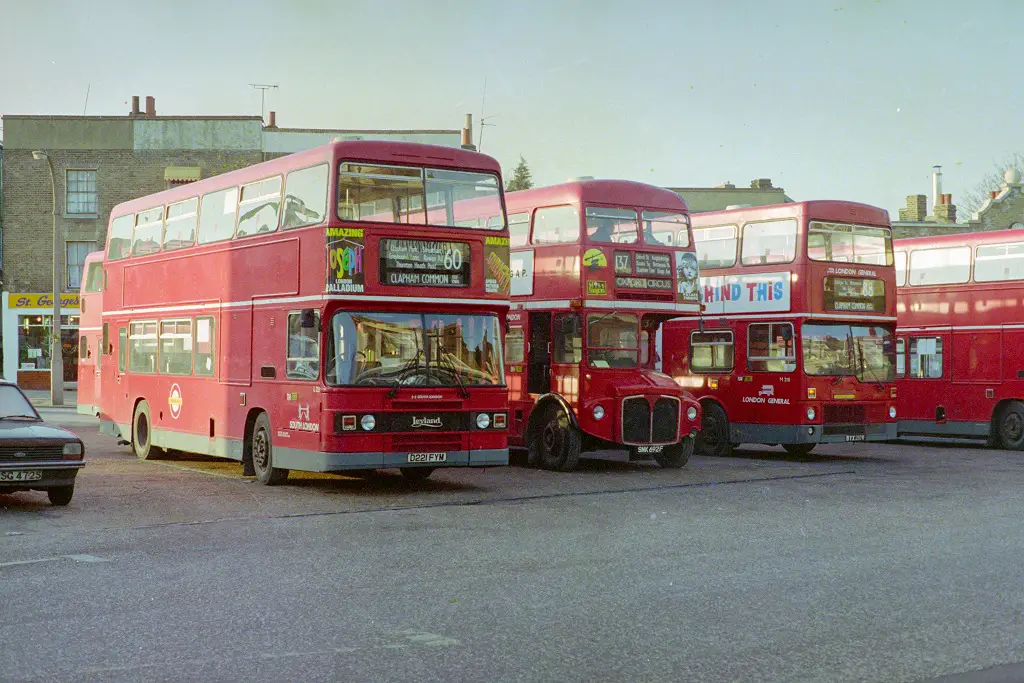
Choices
I vaguely remember the different options I considered when choosing what camera to get for my birthday but if I recall correctly, the other contenders were the Pentax ME Super, Canon AE-1 and the Olympus OM10. They must have all been in the same price range at the time (at least in my local camera shop). I was put off the OM10 because it needed an adapter to give manual control. It’s probably fine but to me, the add-on looked a bit fragile. I like to control depth of field so the Canon was out because it was shutter speed not aperture priority, which left the Pentax or the Minolta. The Pentax felt a little small in my hands so the Minolta X300 it was.
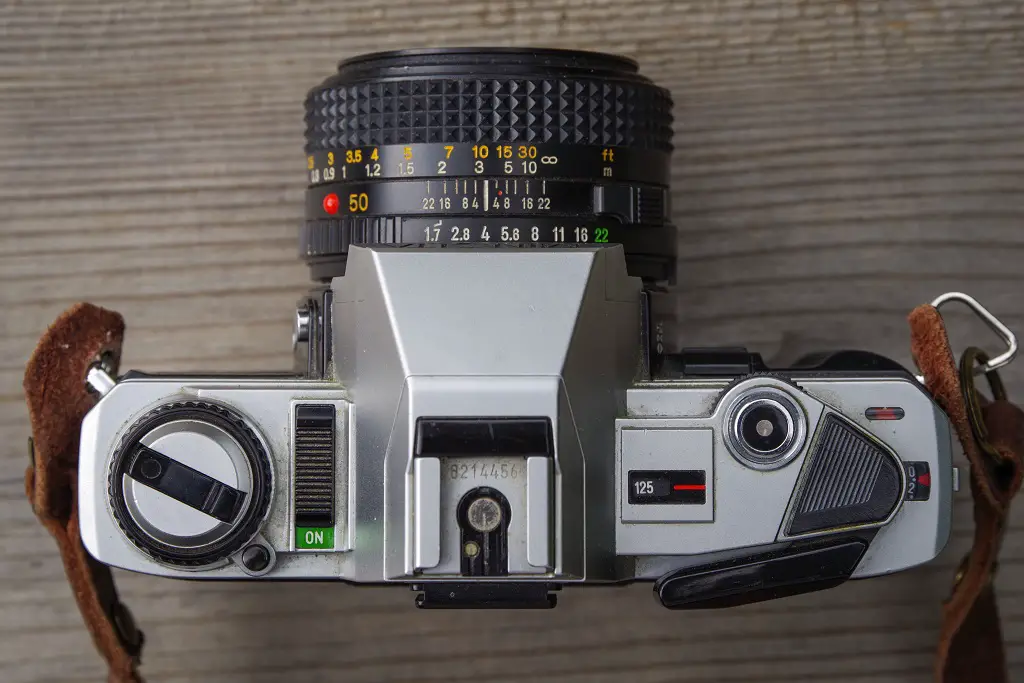
The X700 is usually recommended from the range of early 1980s Minolta SLR’s. Understandably because it was the top of the range, with program mode as well as aperture priority and manual. Sometimes the X500 (also called the X570) gets a look in but rarely is the Minolta X300 (or X370) mentioned.
The X500 and X300 are very similar. Both have aperture priority and manual modes. The main difference visually is that on the Minolta X300 the shutter dial is covered, with just a window to show the chosen speed, up to 1/1000 sec, or Auto if in aperture priority mode. The X300 also lacks a depth of field preview and a few other bells and whistles but it had everything I needed.
I mainly use aperture priority but using manual mode is easy. Your chosen shutter speed is indicated in the viewfinder by a flashing LED and the recommended speed from the camera’s meter by a steady LED. So you can easily judge over- or under-exposure. With the camera switched on, the LEDs light with just a touch of the shutter button.
The 1980s and 1990s
At first I mostly used the 50mm f1.7 standard lens that came with the Minolta X300, and shot on colour or black and white, negative film. It came with me to university, on camping holidays, trips to Europe and for four months in 1988, on a kibbutz in Israel. Unfortunately I can’t find many negatives from this period but I still have the prints to look back on (although some high street printing from that time was awful!). The photos here are from the negatives I did find.

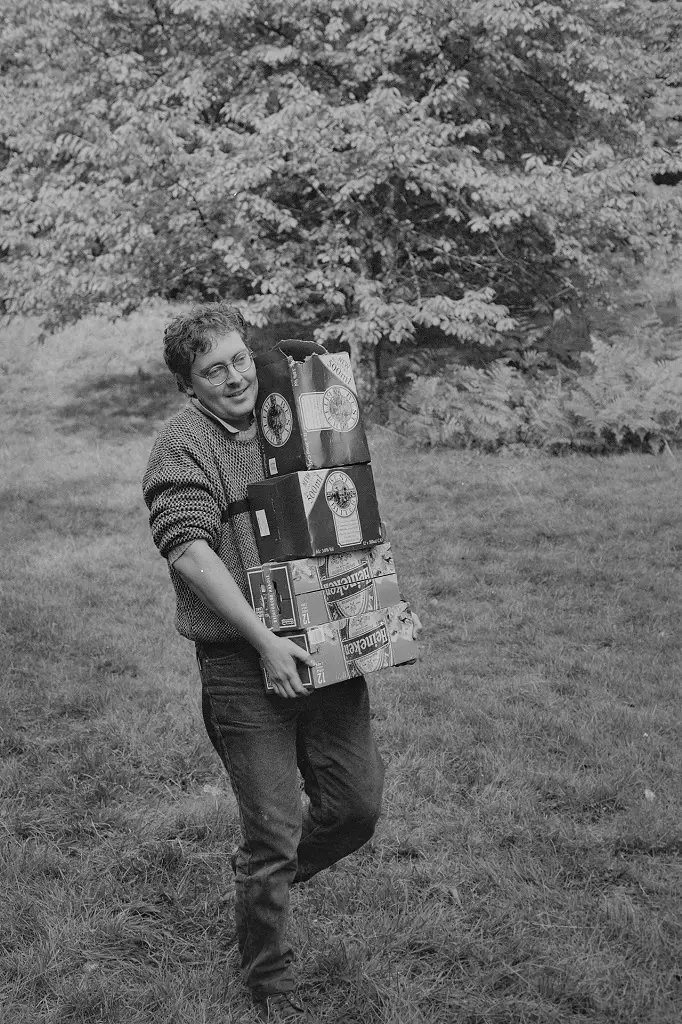
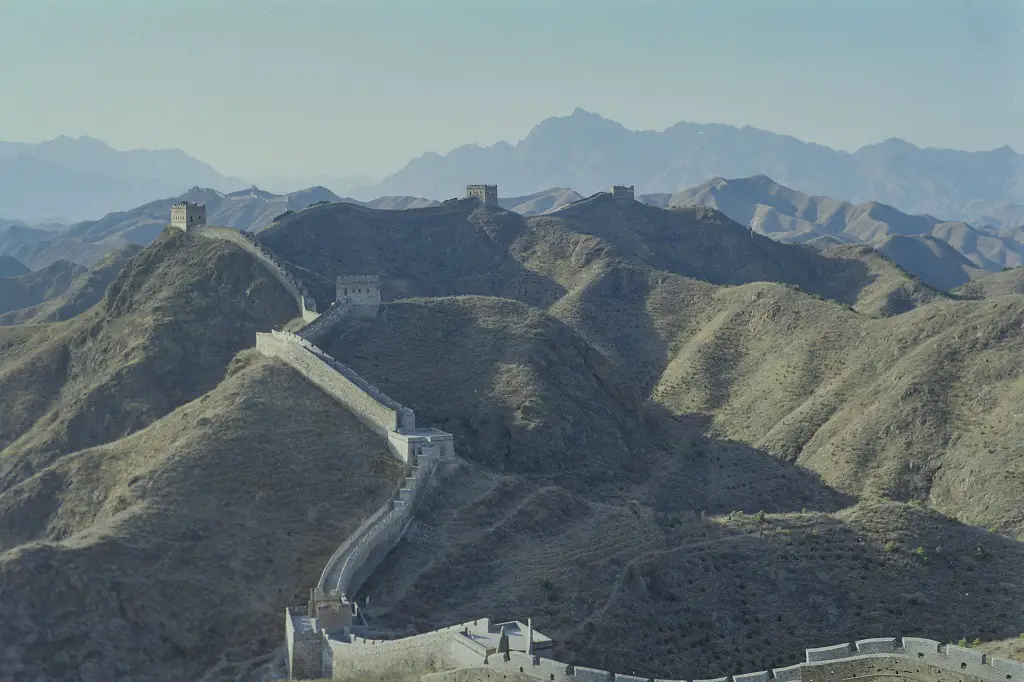
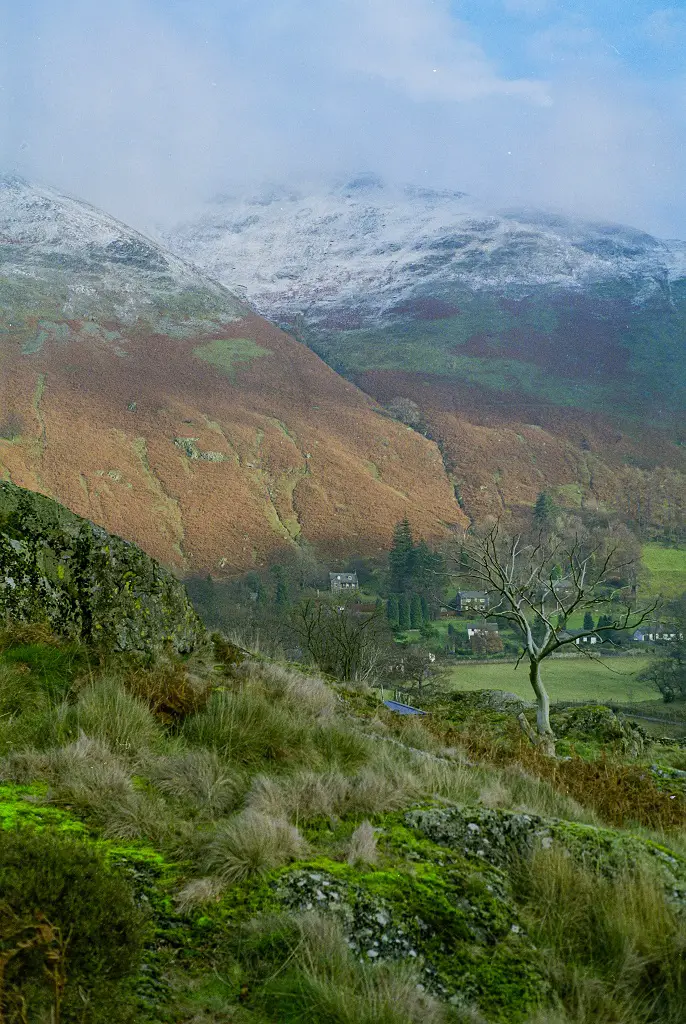
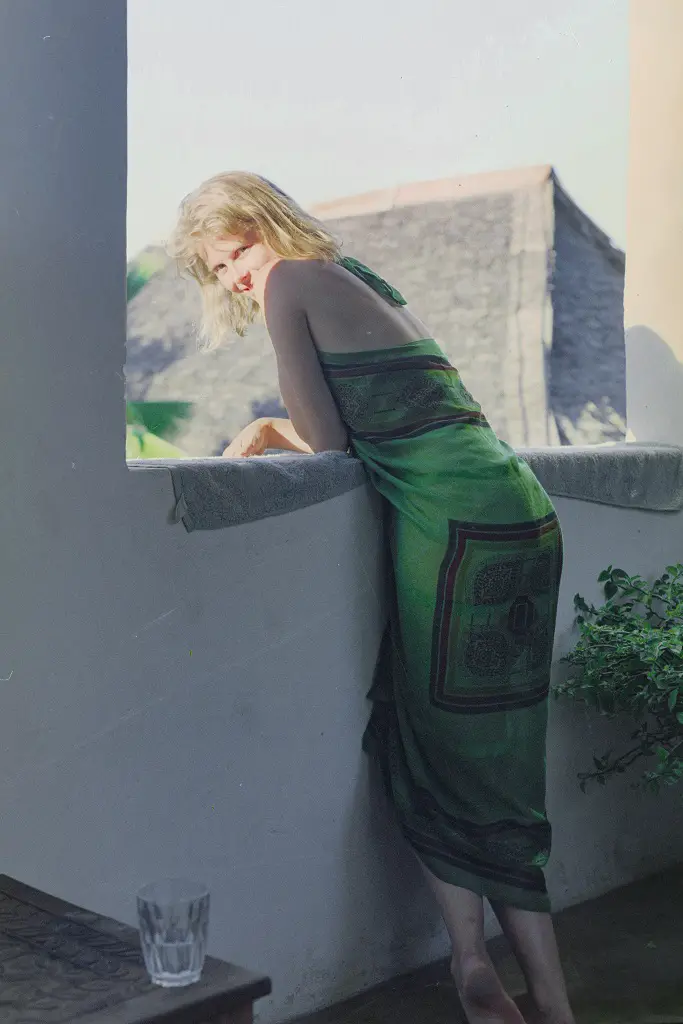
In 1990s I got more into garden and plant photography. I used colour slide film and invested in a macro lens. Slide film is much less forgiving when it comes to exposure than negative film but the excellent centre-weighted metering for the Minolta X300 rarely made a mistake. If a scene had contrasting light levels I could use the exposure lock to meter the part of the scene I wanted and recompose.
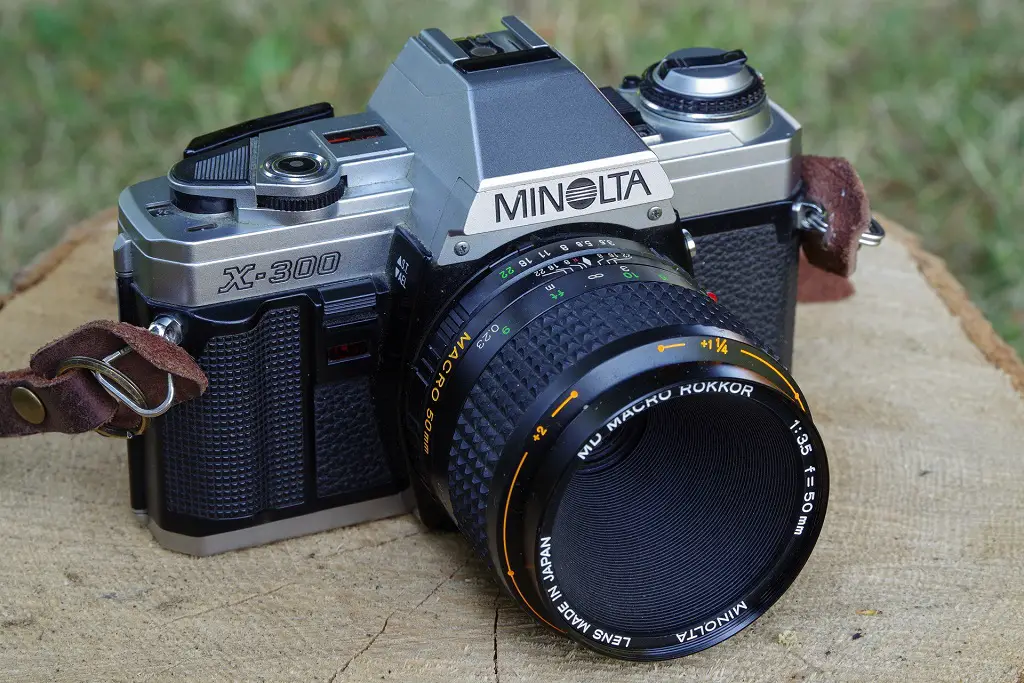
My new macro lens was the Minolta MD Macro Rokkor 50mm f3.5 and with it came an extension tube to gain true 1:1 macro. I left this lens on my camera all the time (without the extension tube) and it worked very well as a standard lens with 1:2 macro capability. It is a little slow but beautifully sharp.
The 2000s
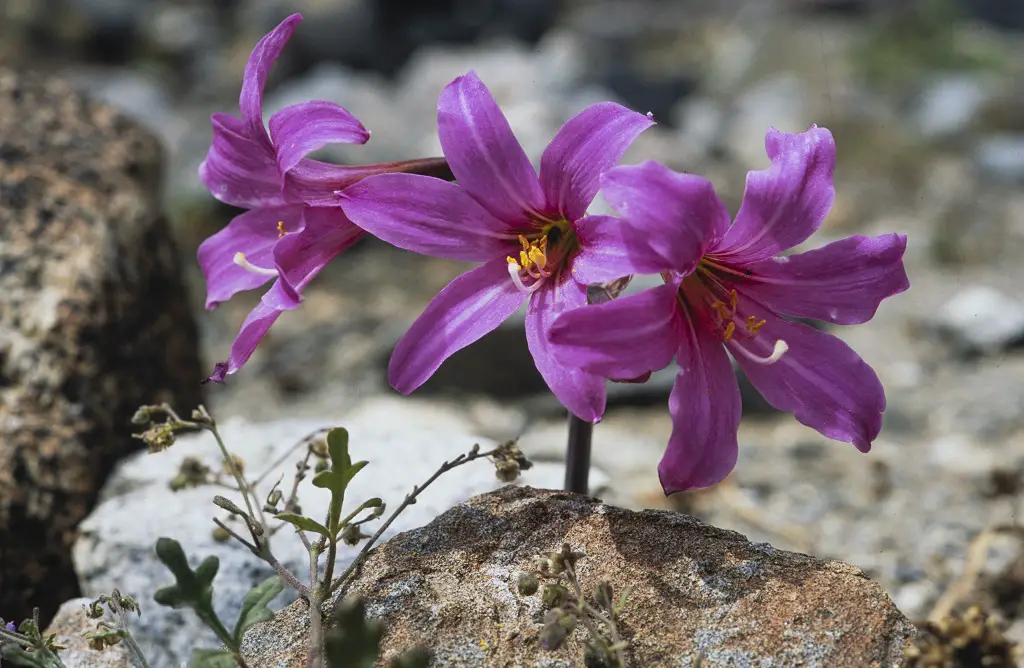
In the early 2000s I picked up a couple more lenses for bargain prices, the MD W.Rokkor 28mm f2.8 and MD Tele Rokkor 135mm f.3.5. I don’t often use the 135mm but the wide field of view of the 28mm has been very useful. Around this time I wrote my first book, on tulips (‘Tulips, species and hybrids for the gardener’, if you’re interested but I think it’s out of print) and every photograph in that book is from a slide taken with my Minolta X300.
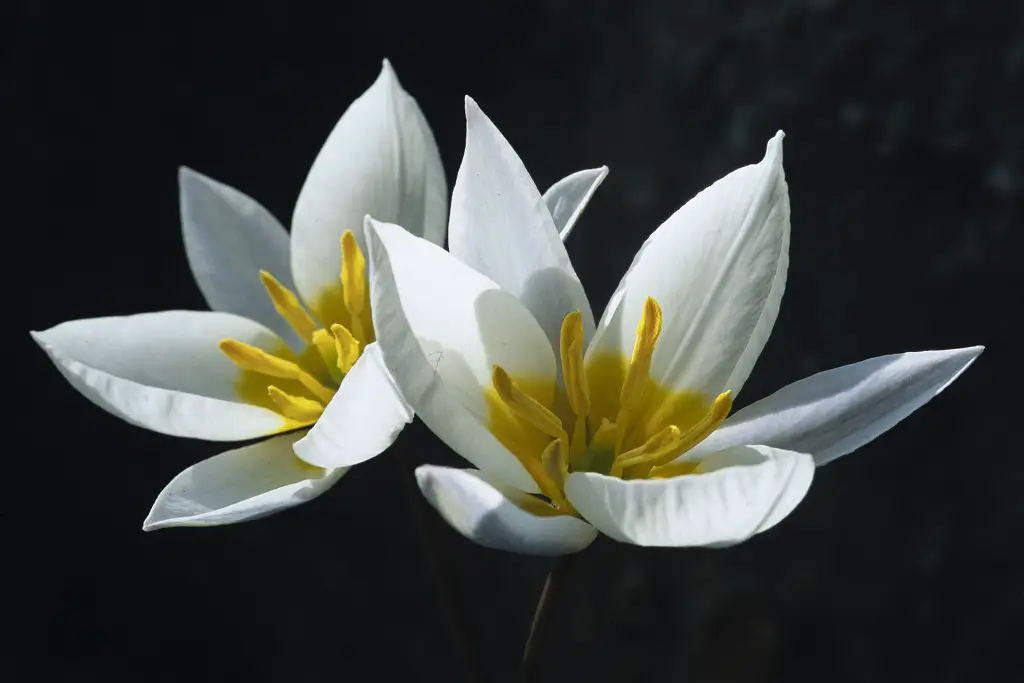
By the late 2000s digital cameras had started to encroach on my photography and in 2008 I bought my first DSLR and the Minolta was put to bed. The change was instantaneous. I even have a couple of unused rolls of Fujichrome Provia 100 F in my drawer and an envelope to send them to the Fuji Lab! I sometimes picked up the Minolta X300 to look through that wonderful big viewfinder and reacquaint myself with manual focusing but it was only a couple of years ago I thought of putting film in it again.
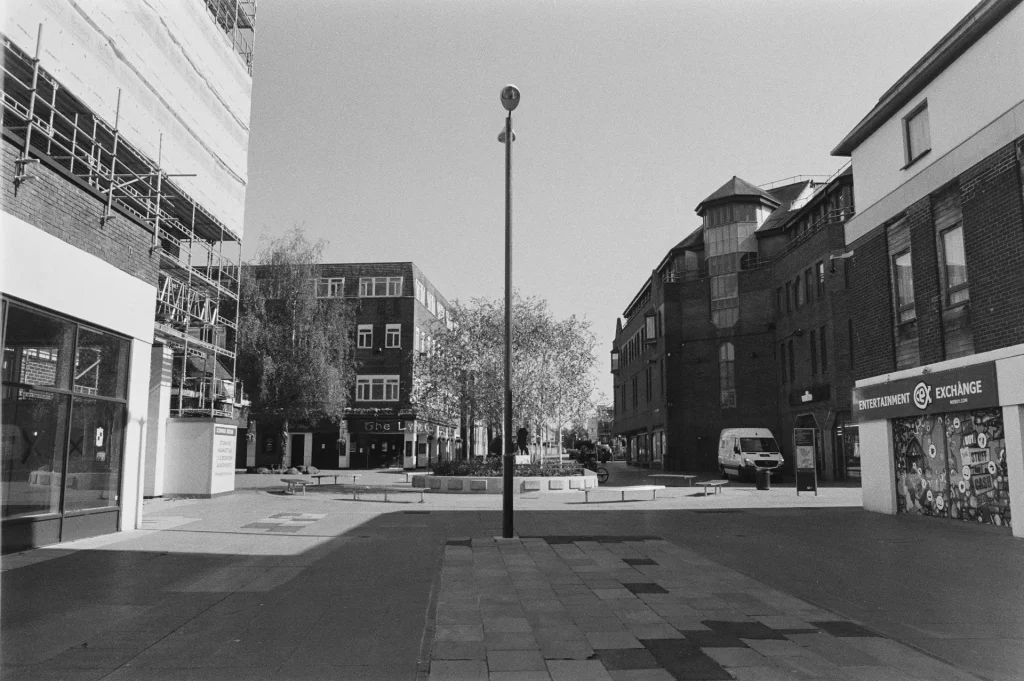
Since then I have used various colour and black and white negative films. One film can last two or three months but I enjoy thinking about what I’m going to photograph before I hit the shutter, waiting for the right moment. And I love the robust clunk of that shutter. The Minolta X300 has been a great camera for me and there are plenty around if you want to pick one up yourself. It is simple and reliable, and the batteries last for ages!
Richard
See my digital photos on Instagram here.
Share this post:
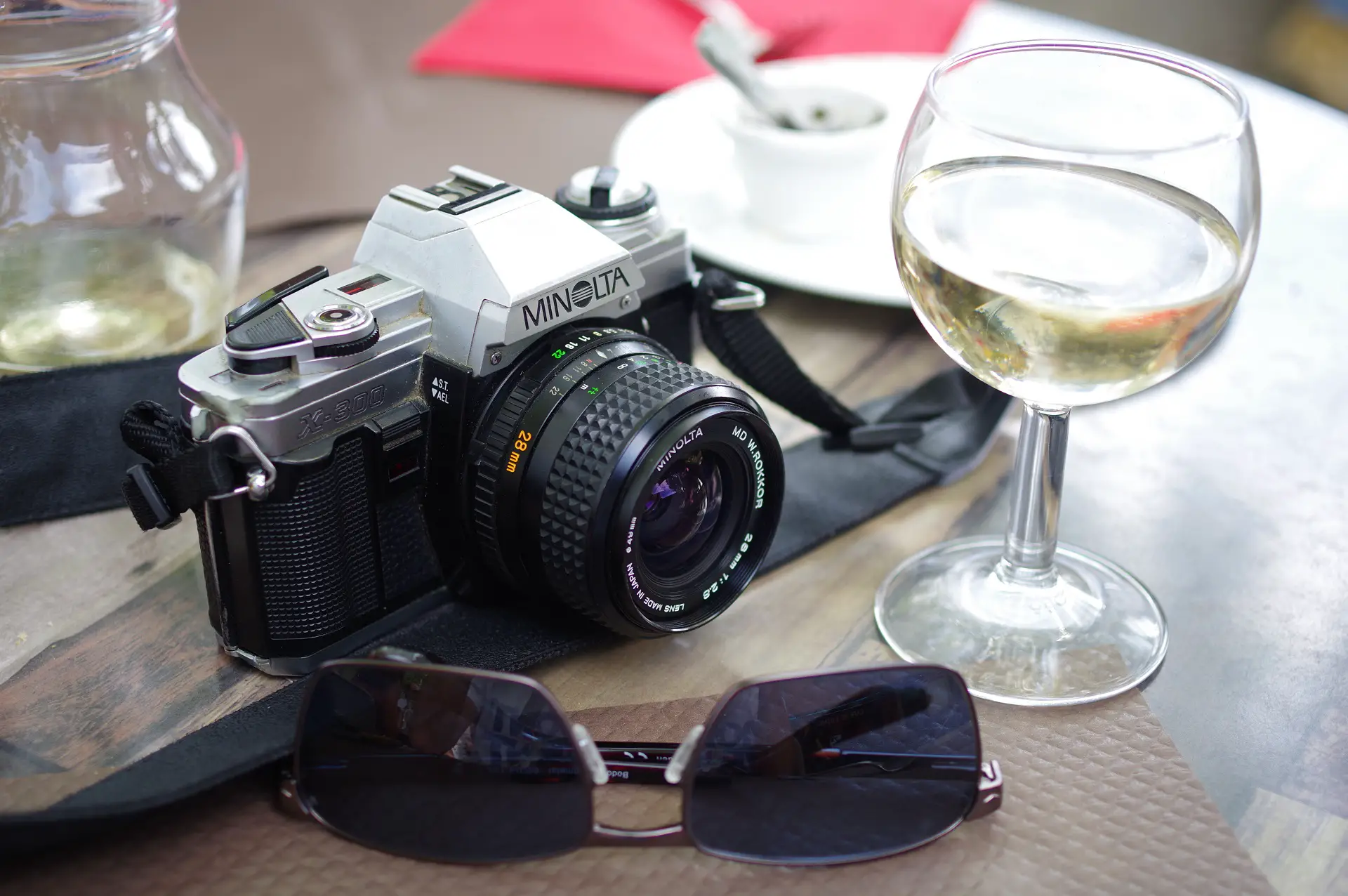








Comments
Matthew Heslop on Minolta X300 – Turning Back Time with my 35 Year Old SLR – By Richard Wilford
Comment posted: 10/08/2020
Comment posted: 10/08/2020
Martin on Minolta X300 – Turning Back Time with my 35 Year Old SLR – By Richard Wilford
Comment posted: 10/08/2020
Ken on Minolta X300 – Turning Back Time with my 35 Year Old SLR – By Richard Wilford
Comment posted: 11/08/2020
Comment posted: 11/08/2020
Comment posted: 11/08/2020
Comment posted: 11/08/2020
Comment posted: 11/08/2020
Sacha Cloutier on Minolta X300 – Turning Back Time with my 35 Year Old SLR – By Richard Wilford
Comment posted: 11/08/2020
Clive W on Minolta X300 – Turning Back Time with my 35 Year Old SLR – By Richard Wilford
Comment posted: 11/08/2020
Faced with the same selection at a similar time to you, I went down the Pentax route, but I suspect I'd have been equally pleased with an X-300. Like you, I wanted aperture priority, which ruled out Canon, a Nikon was too expensive, and the Olympus OM-20 just didn't feel right to me. My objection to the Minolta? I still don't know, because there wasn't a retailer near me at the time that had them, and I've never handled one since!
What I like here is that the camera has clearly been part of your adult life, as well as finding a specific creative purpose. And, despite requiring a - gasp - battery, and not being a clockwork marvel of springs, sprockets and elastic bands, it's still working well. The internet won't believe you, but I do.
Comment posted: 11/08/2020
Charles on Minolta X300 – Turning Back Time with my 35 Year Old SLR – By Richard Wilford
Comment posted: 12/08/2020
Comment posted: 12/08/2020
Andy on Minolta X300 – Turning Back Time with my 35 Year Old SLR – By Richard Wilford
Comment posted: 08/01/2022
Andy
Comment posted: 08/01/2022
Julian Tanase on Minolta X300 – Turning Back Time with my 35 Year Old SLR – By Richard Wilford
Comment posted: 28/05/2023
I used to live in Horsham for a couple of years, back in the 2000s. Although I do recognize the market place, I do not see that huge sphere standing on that centre plinth. Is that gone now?
Again, thank you for sharing and enjoy your camera!
Comment posted: 28/05/2023